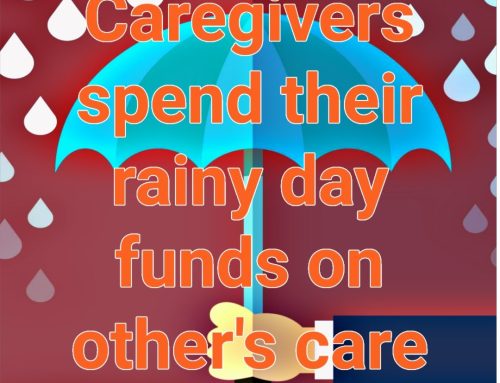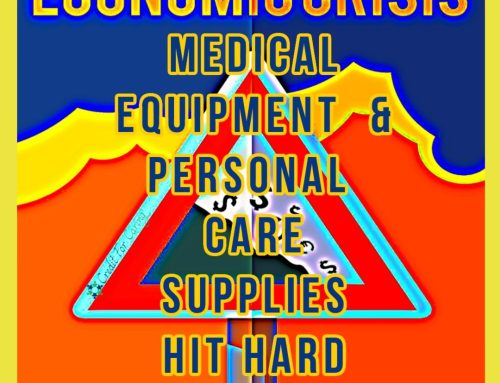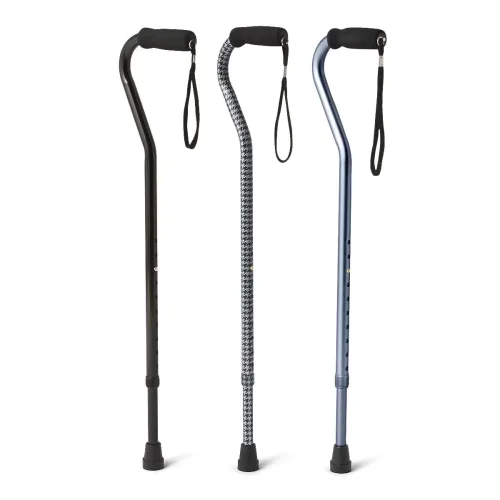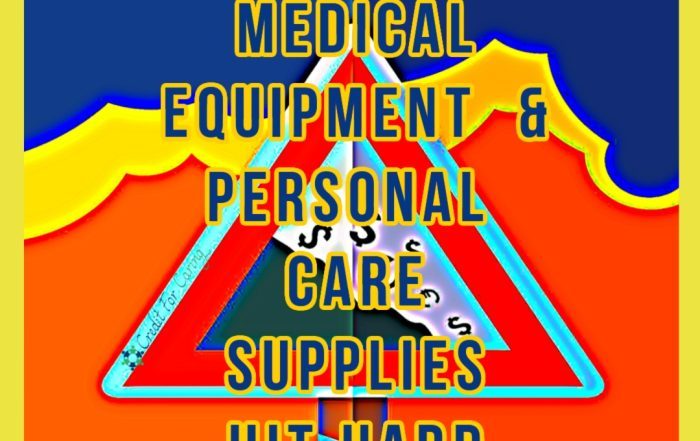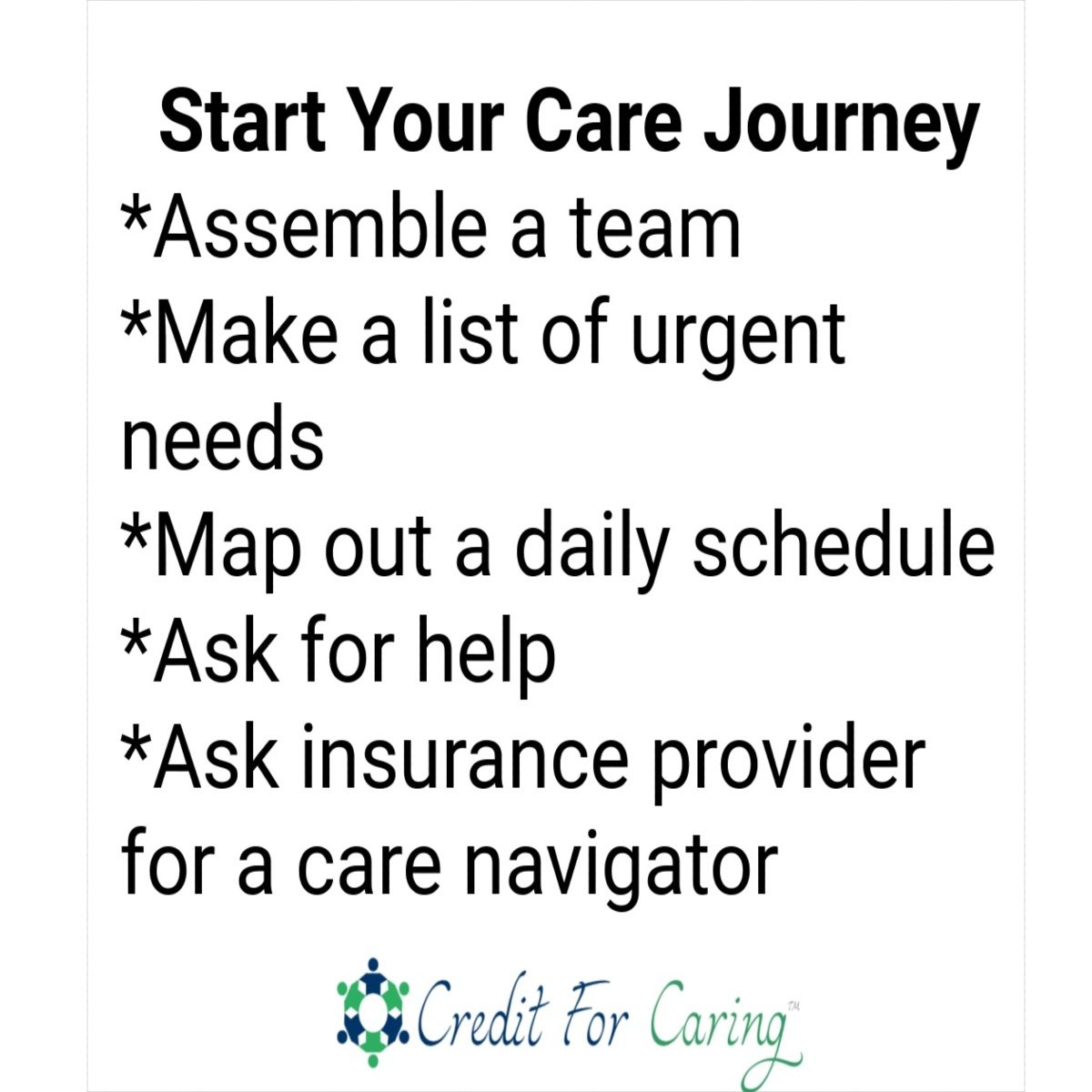
Personalize your Care Journey
Personalize Your Care Journey
No two care journeys are the same. Whether you’re caring for a loved one or planning for your own needs, the key to a successful care journey is understanding, assessing, and planning.
The first step in any care journey is evaluating the needs of daily life. Caregivers and those receiving care should actively participate in this process to ensure a personalized and effective plan. Consider essential activities such as: eating & nutrition, dressing & grooming, toileting & bathing, medication management, food preparation & household maintenance, fall prevention & mobility support, and equipment & supplies for daily success. By identifying strengths and challenges in these areas, you can determine what level of assistance is needed and what modifications will improve daily living.
Next, a safe home is a foundation for quality care. Conduct an honest and thorough assessment of every room inside and the outdoor spaces. Here’s a list of common safety issues to watch for: clutter or tripping hazards. inadequate lighting, bathroom safety features like grab bars & non-slip mats, hard to reach things, and properly functioning appliances & alarms. Remember that small changes, such as installing handrails or using a medical alert system, can significantly reduce risks and increase independence.
Congratulations, once you’ve assessed needs and home safety, it’s time to create a structured daily care schedule. This should outline: essential tasks for the day,
medication reminders, meal preparation & eating times, exercise & mobility activities, and social interactions & mental stimulation. A flexible care plan ensures consistency while allowing for adjustments as needs change.
Keep in mind, caregiving is dynamic. Frequent reassessments help keep the care plan relevant and effective. Changes in health, mobility, or home environment may require modifications to goals and routines. Stay adaptable! Navigating the healthcare system can be overwhelming, but you don’t have to do it alone. Contact your insurance provider to see if a nurse or care navigator can assist with medical management, service coordination, and long-term planning. These professionals provide valuable support in arranging home care services, therapy, and medical equipment.
In summary, Start your care journey today by taking the first step—assess, plan, and adapt. A well-thought-out approach ensures safety, comfort, and peace of mind for everyone involved. Tag a caregiver or loved one who could benefit from this guide! Let’s build a supportive community together.
Share This Story, Choose Your Platform!
About the author : Monica Stynchula
Credit for Caring: Your Modern DIY Aging in Place Feeling overwhelmed? We've got you! Expert tips, safety products, & innovative solutions for solo agers, families, and communities. Personalized plans, must-have resources, & a supportive community await. Save big & simplify caregiving: Creditforcaring.com

